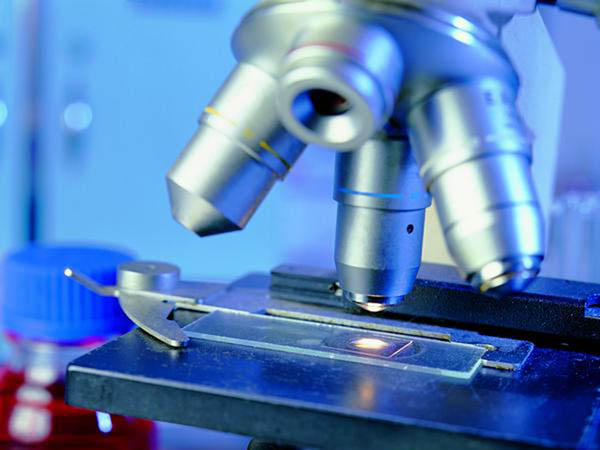NEWS
- Time of issue:2020-10-10
What material is titanium alloy? What are the main applications?
(Summary description)Titanium alloy is an alloy composed of titanium as the base and adding other elements. Titanium has two isomorphs:
What material is titanium alloy? What are the main applications?
(Summary description)Titanium alloy is an alloy composed of titanium as the base and adding other elements. Titanium has two isomorphs:
- Categories:Industry News
- Author:
- Origin:
- Time of issue:2020-10-10 15:28
- Views:
Information
Titanium alloy is an alloy composed of titanium as the base and adding other elements. Titanium has two isomorphs: close-packed hexagonal α titanium below 882℃, and body-centered cubic β titanium above 882℃. Alloying elements can be divided into three categories according to their influence on the phase transition temperature:
① The elements that stabilize the α phase and increase the phase transition temperature are α stabilizing elements, such as aluminum, carbon, oxygen, and nitrogen. Among them, aluminum is the main alloying element of titanium alloy, which has obvious effects on improving the alloy's normal temperature and high temperature strength, reducing specific gravity, and increasing elastic modulus.
②The element that stabilizes the β phase and reduces the phase transition temperature is the β-stabilizing element, which can be divided into two types: the same crystal type and the eutectoid type. The former includes molybdenum, niobium, vanadium, etc.; the latter includes chromium, manganese, copper, iron, and silicon.
③ The elements that have little effect on the phase transition temperature are neutral elements, such as zirconium and tin.

Titanium alloy is a new important structural material used in the aerospace industry. Its specific gravity, strength and service temperature are between aluminum and steel, but it has high specific strength and excellent seawater corrosion resistance and ultra-low temperature performance. In 1950, the United States used it for the first time on F-84 fighter-bombers as non-load-bearing components such as rear fuselage heat shields, wind deflectors, and tail covers. Since the 1960s, the use of titanium alloy has moved from the rear fuselage to the middle fuselage, partially replacing structural steel to make important load-bearing components such as bulkheads, beams, and flap slides. The amount of titanium processed parts used in military aircraft has increased rapidly, reaching 20% to 25% of the weight of the aircraft structure. Since the 1970s, civilian aircraft began to use titanium alloys in large quantities. For example, Boeing 747 passenger aircraft used more than 3,640 kilograms of titanium. The main purpose of using titanium for aircraft with Mach numbers less than 2.5 is to replace steel to reduce structural weight. Another example is the American SR-71 high-altitude and high-speed reconnaissance aircraft (flying Mach number 3, flying height 26212 meters), titanium accounts for 93% of the weight of the aircraft structure, so-called "all titanium" aircraft. When the thrust-to-weight ratio of the aero engine increases from 4-6 to 8-10, and the compressor outlet temperature increases from 200-300°C to 500-600°C, the original low-pressure compressor discs and blades made of aluminum must Change to titanium alloy, or use titanium alloy instead of stainless steel to make high-pressure compressor discs and blades to reduce the structural weight. In the 1970s, the amount of titanium alloy used in aeroengines generally accounted for 20% to 30% of the total weight of the structure. It was mainly used to manufacture compressor components, such as forged titanium fans, compressor discs and blades, cast titanium compressor casings, and intermediates. Case, bearing housing, etc. The spacecraft mainly uses the high specific strength, corrosion resistance and low temperature resistance of titanium alloys to manufacture various pressure vessels, fuel tanks, fasteners, instrument straps, structures and rocket shells. Artificial earth satellites, lunar modules, manned spacecraft and space shuttles also use titanium alloy sheet welded parts.
Scan the QR code to read on your phone
Previous:
Titanium shaped parts used in spacecraft
Other information
TEL
Email : titan@jntitan.cn
Address: After-sales Service, No.2966 Airport Road, Licheng District, Jinan City, Shandong Province





